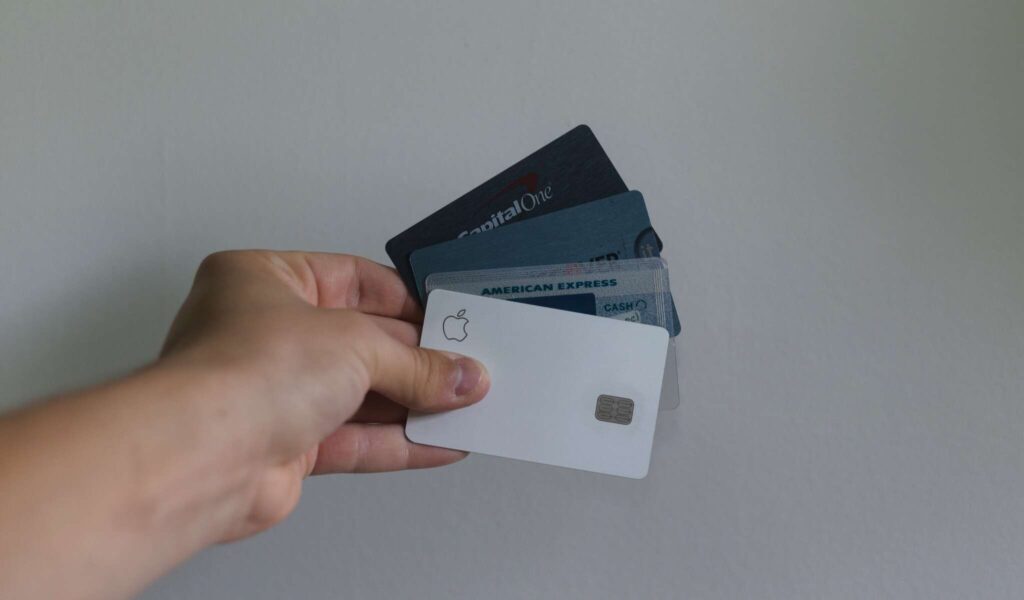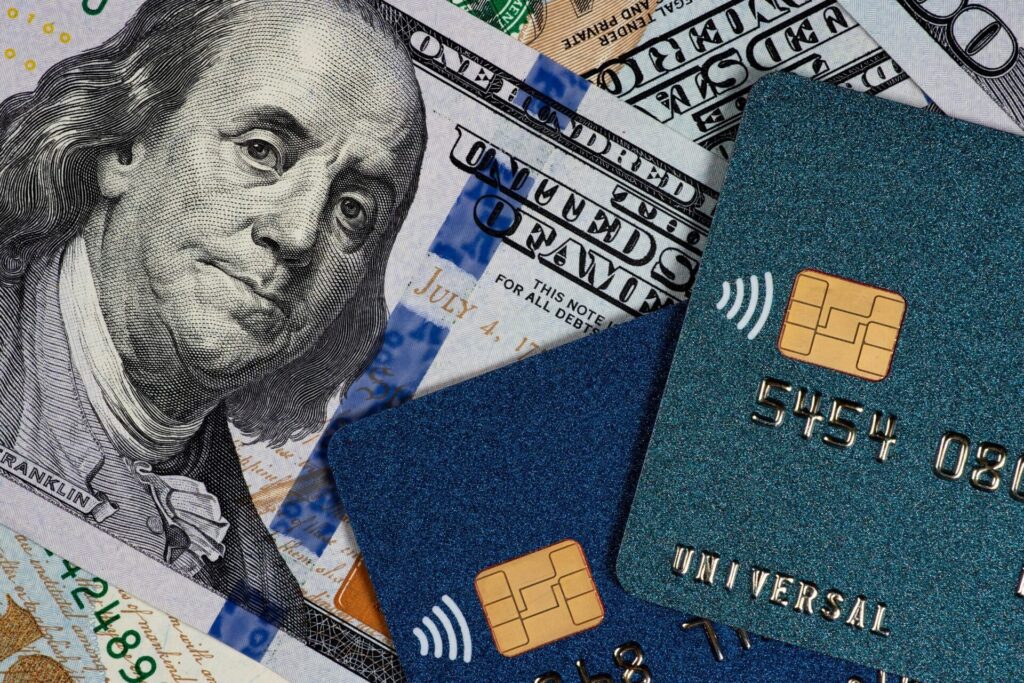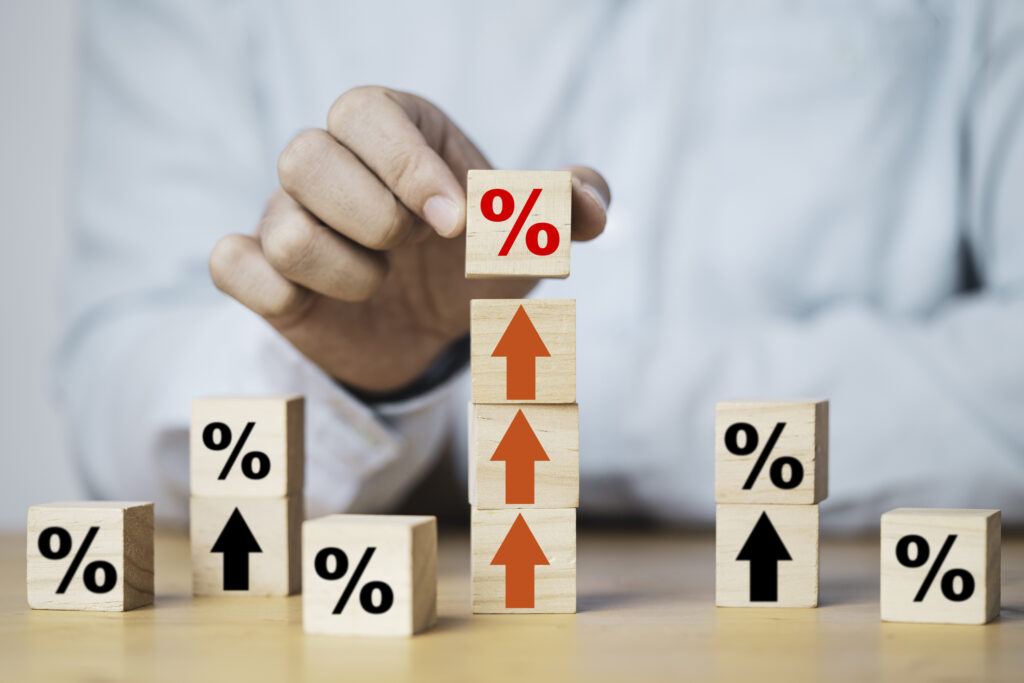Credit cards come in a ton of different types, but one term you might hear is “unsecured credit card”. What does that mean, exactly? Here’s what to know about unsecured credit cards, including what they are, how they work, and the pros and cons of using one.
Overview:
An unsecured credit card is a type of credit card that doesn’t require collateral. In other words, you don’t need to put down a deposit or have any assets to back up your credit line. Instead, your creditworthiness – based on factors like your credit score and income – is what determines your credit limit and interest rate.
What it Does:
Like any other credit card, an unsecured credit card allows you to make purchases and borrow money that you’ll need to pay back later. It also reports your payment history to the credit bureaus, which can help you build credit over time.
Pros:
One of the biggest advantages of using an unsecured credit card is that it can help you establish and build credit. Additionally, unsecured credit cards often offer rewards programs, cashback bonuses, and other perks.
Cons:
The main downside of an unsecured credit card is that, since there’s no collateral involved, the lender is taking on more risk. This means that unsecured credit cards tend to have higher interest rates and fees, especially if you have a lower credit score. Additionally, if you don’t use the card responsibly, you could end up with debt and damage to your credit score.
Alternative Option: Brigit Credit Builder
If you’re looking for a way to build credit without an unsecured credit card, consider Brigit’s Credit Builder. You’ll report positive payment history to the credit bureaus, which can help boost your credit score. It’s a great option for those who want to establish credit but don’t want to take on the risks of a credit card.
1Impact to score may vary. Some users’ scores may not improve. Results will depend on many factors, including on-time payment history, the status of non-Brigit accounts, and financial history. Results show that customers with a starting credit score of 600 or below were more likely to see positive score change results. A Brigit subscription is required. Credit Builder loans are not available in all states.










